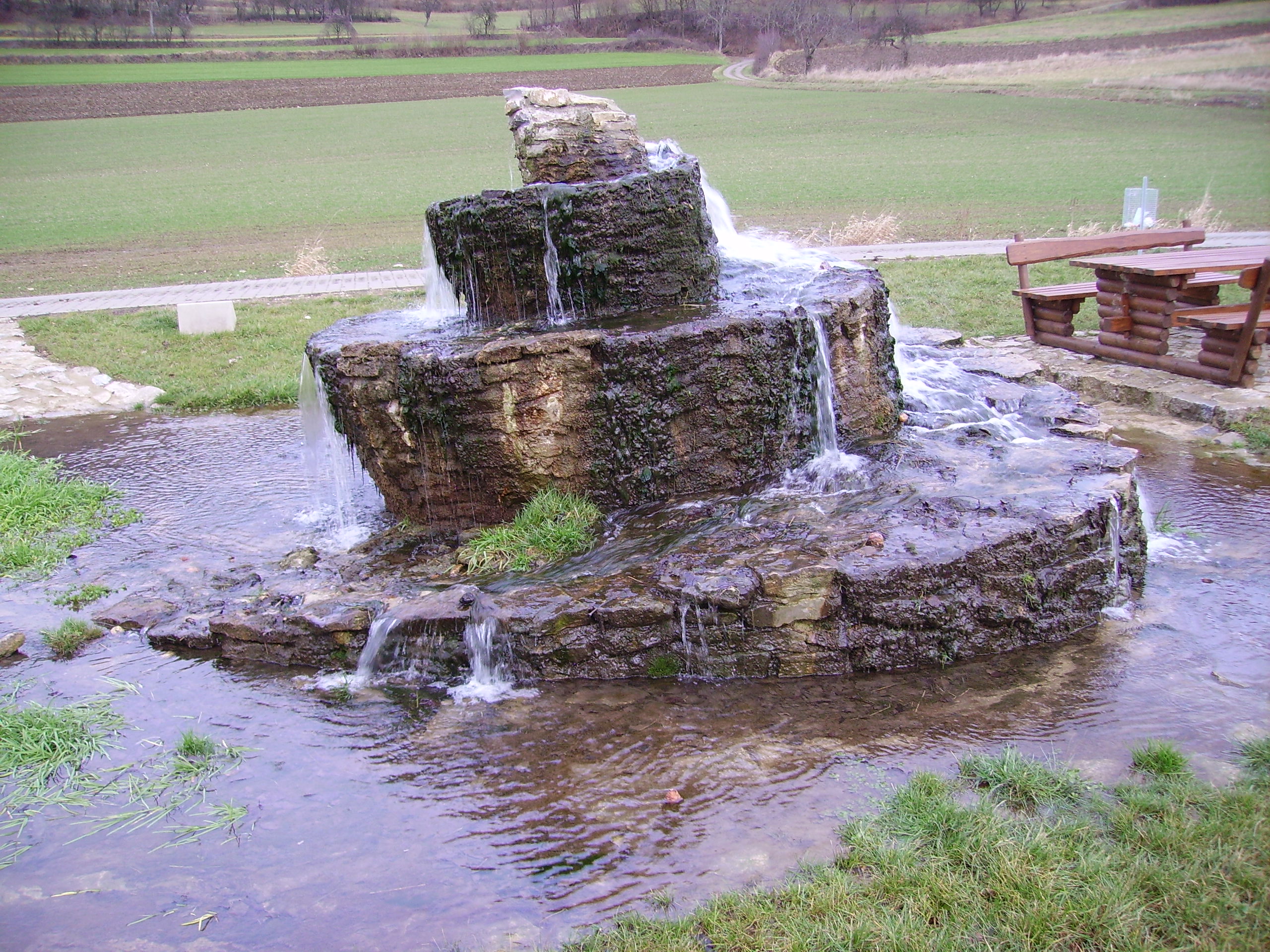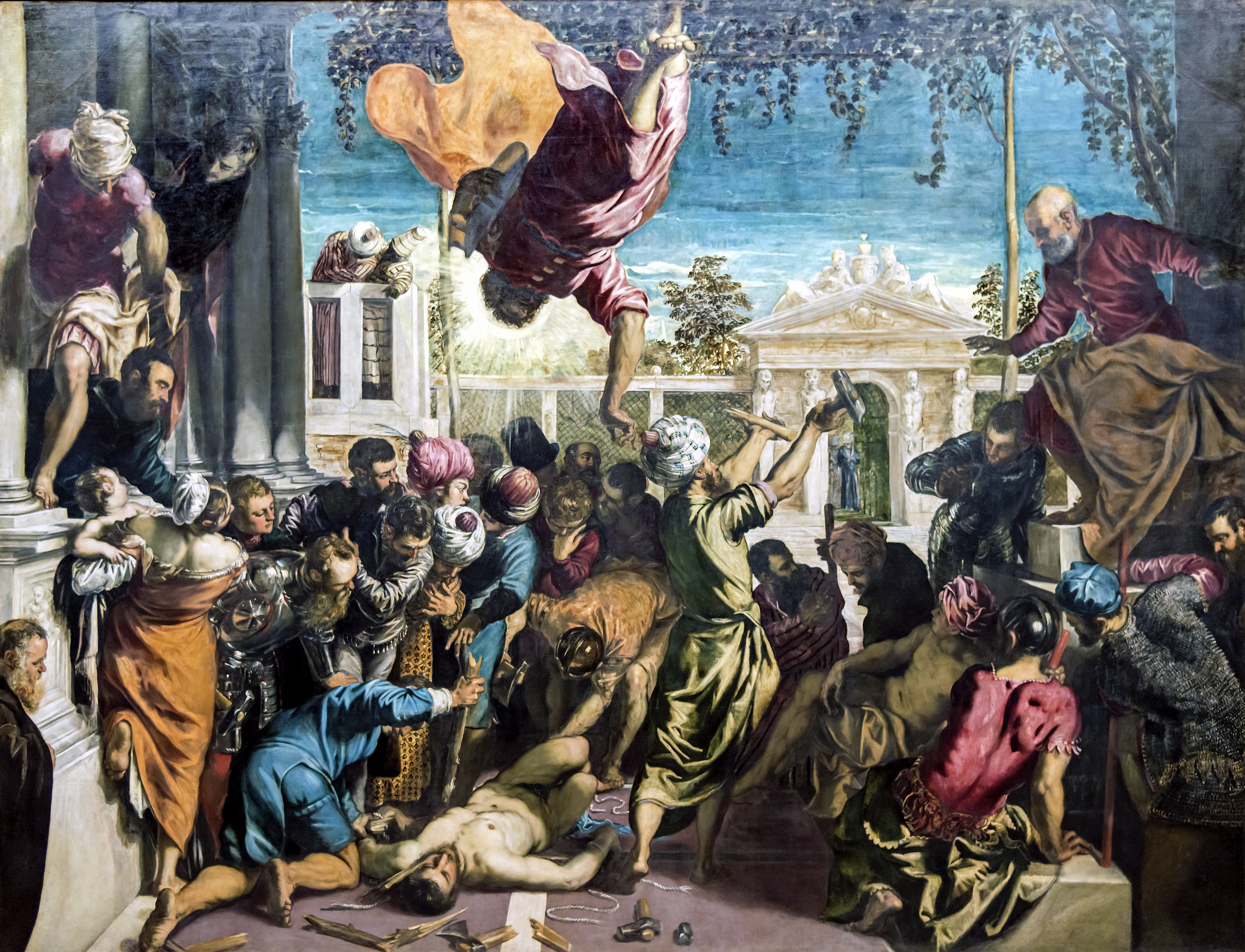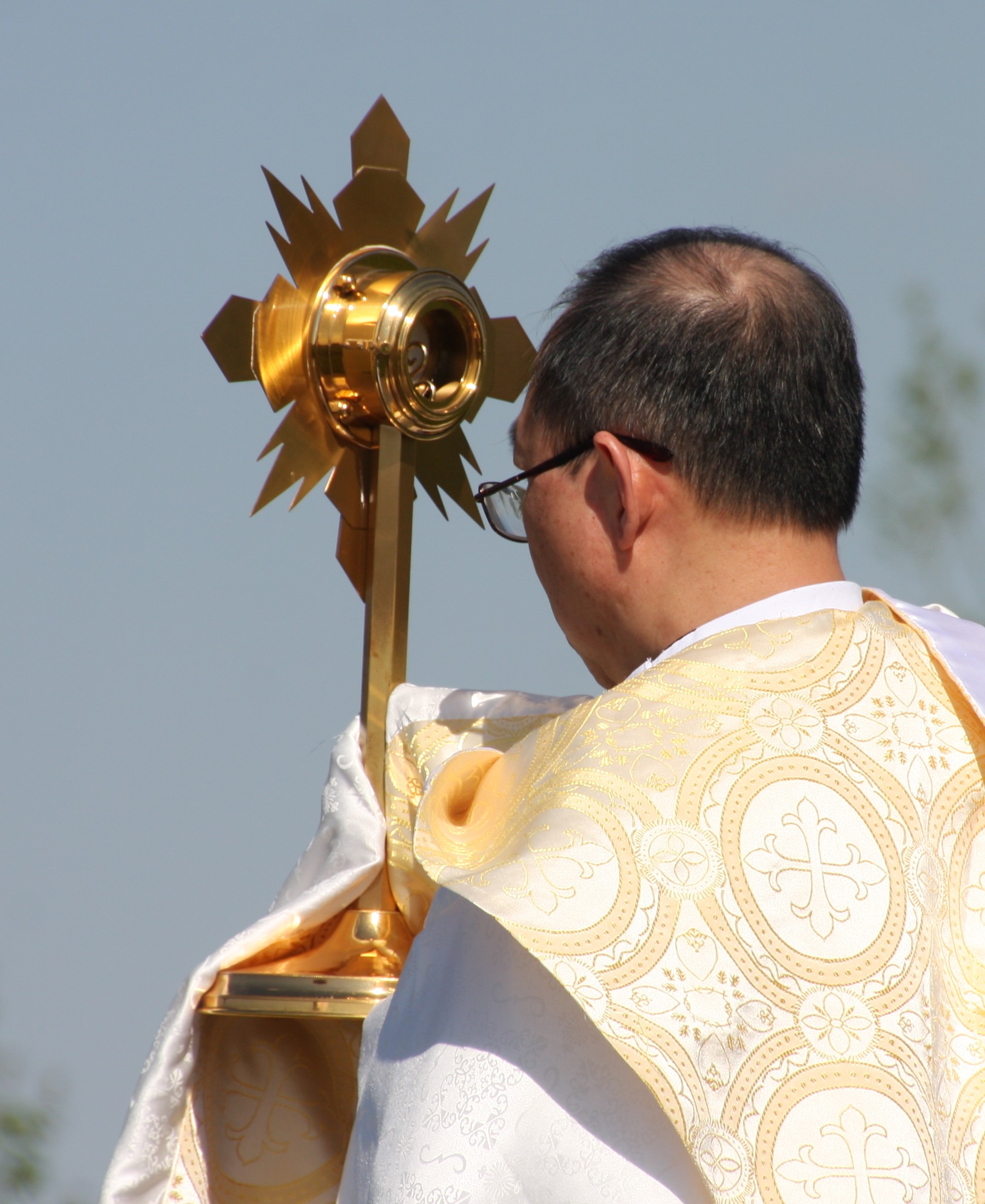|
Burgwindheim
Burgwindheim is a municipality with market rights in the west of the Upper Franconian district of Bamberg and a member of the administrative community (''Verwaltungsgemeinschaft'') of Ebrach. Geography Burgwindheim lies west-southwest of Bamberg in the Steigerwald (forest). It is found between Ebrach in the west and Burgebrach in the east, on the Mittlere Ebrach. History The name’s meaning is unclear. Could it have something to do with an early settler named “Wind”, or does the community’s Wendish past yield the name? The leaping greyhound (a Wendish symbol) in the coat of arms might offer a clue. The community had its first documentary mention in 1140. It is believed to have been settled at the time of the Frankish taking of the land. In 1278, the knight Ludewig von Windeheim bequeathed his estate to the Cistercian Monastery at Ebrach. In 1363, Burgwindheim was granted market rights by Emperor Karl IV, making it the Steigerwald’s oldest market. Since the ''Reichsd ... [...More Info...] [...Related Items...] OR: [Wikipedia] [Google] [Baidu] |
Bamberg (district)
Bamberg () is a ''Landkreis'' (district) in Bavaria, Germany. It surrounds but does not include the town of Bamberg. The district is bounded by the districts of (from the north and clockwise) Lichtenfels, Bayreuth, Forchheim, Erlangen-Höchstadt, Neustadt (Aisch)-Bad Windsheim, Kitzingen, Schweinfurt and Haßberge. History The history of the district is linked with the history of Bamberg. In 1862 the districts of Bamberg-West and Bamberg-East were established. They were merged in 1929. The present borders were established in 1972, when portions of the adjoining district of Erlangen-Höchstadt were annexed. Geography The district surrounds the town of Bamberg. The western half of the district is occupied by the Steigerwald, a hilly forest region. In the east there is the hill chain of the Franconian Jura. Between these regions the Main Main may refer to: Geography *Main River (other) **Most commonly the Main (river) in Germany * Main, Iran, a village in ... [...More Info...] [...Related Items...] OR: [Wikipedia] [Google] [Baidu] |
Burgebrach
Burgebrach () is a market town in the Upper Franconian district of Bamberg and the seat of the administrative community (''Verwaltungsgemeinschaft'') of Burgebrach. Geography Burgebrach is said to be the eastern gateway to the Steigerwald (forest), where the Mittlere Ebrach empties into the Rauhe Ebrach. It is to be found on ''Bundesstraße'' 22 halfway between Bamberg and Ebrach. Neighbouring communities Lisberg, Stegaurach, Frensdorf, Pommersfelden, Mühlhausen (Erlangen-Höchstadt district), Schlüsselfeld, Burgwindheim, Schönbrunn im Steigerwald and Walsdorf all border on Burgebrach. Constituent communities Burgebrach's main and namesake centre is by far the biggest of its ''Ortsteile'' with a population of 3,316. The market town furthermore has these outlying centres, each given here with its own population figure: :as of 31 December 2004 History The first known name for the place was ''Urbs Ebraha'' in 1023. Emperor Heinrich II donated it to the Bishopric of Wür ... [...More Info...] [...Related Items...] OR: [Wikipedia] [Google] [Baidu] |
Gundelsheim, Bavaria
Gundelsheim () is a community in the Upper Franconian district of Bamberg. Geography Gundelsheim lies in the Upper Franconia-West region and is found roughly seven kilometres north of Bamberg at the ''Kreuz Bamberg'', a cloverleaf interchange between the Autobahnen A 70 and A 73. The community has one of the traditional rural land units, known in German as ''Gemarkungen'', also named Gundelsheim (it is traditional for a ''Gemarkung'' to be named after a town or village lying nearby). History Gundelsheim belonged to the High Monastery at Bamberg, until the ''Reichsdeputationshauptschluss'' in 1803, since which time the community has belonged to Bavaria. In the course of administrative reform in Bavaria, today’s community came into being under the ''Gemeindeedikt'' (“Community Edict”) of 1818. In 1962, the ''Sieben Schmerzen Mariä'' Church was built. Population development Within municipal limits, 1,335 inhabitants were counted in 1970, 2,755 in 1987, 3,339 in 2000 a ... [...More Info...] [...Related Items...] OR: [Wikipedia] [Google] [Baidu] |
Bayerisches Landesamt Für Statistik
The statistical offices of the German states ( German: ''Statistische Landesämter'') carry out the task of collecting official statistics in Germany together and in cooperation with the Federal Statistical Office. The implementation of statistics according to Article 83 of the constitution is executed at state level. The federal government A federation (also known as a federal state) is a political entity characterized by a union of partially self-governing provinces, states, or other regions under a central federal government (federalism). In a federation, the self-governin ... has, under Article 73 (1) 11. of the constitution, the exclusive legislation for the "statistics for federal purposes." There are 14 statistical offices for the 16 states: See also * Federal Statistical Office of Germany References {{Reflist Germany Statistical offices Germany ... [...More Info...] [...Related Items...] OR: [Wikipedia] [Google] [Baidu] |
Christian Social Union Of Bavaria
The Christian Social Union in Bavaria (German: , CSU) is a Christian-democratic and conservative political party in Germany. Having a regionalist identity, the CSU operates only in Bavaria while its larger counterpart, the Christian Democratic Union (CDU), operates in the other fifteen states of Germany. It differs from the CDU by being somewhat more conservative in social matters, following Catholic social teaching. The CSU is considered the ''de facto'' successor of the Weimar-era Catholic Bavarian People's Party. At the federal level, the CSU forms a common faction in the Bundestag with the CDU which is frequently referred to as the Union Faction (''die Unionsfraktion'') or simply CDU/CSU. The CSU has 45 seats in the Bundestag since the 2021 federal election, making it currently the second smallest of the seven parties represented. The CSU is a member of the European People's Party and the International Democrat Union. Party leader Markus Söder serves as Minister-Presi ... [...More Info...] [...Related Items...] OR: [Wikipedia] [Google] [Baidu] |
Michael Palin
Sir Michael Edward Palin (; born 5 May 1943) is an English actor, comedian, writer, television presenter, and public speaker. He was a member of the Monty Python comedy group. Since 1980, he has made a number of travel documentaries. Palin wrote most of his comedic material with fellow Python member Terry Jones. Before Monty Python, they had worked on other shows including the '' Ken Dodd Show'', '' The Frost Report'', and '' Do Not Adjust Your Set''. Palin appeared in some of the most famous Python sketches, including " Argument Clinic", " Dead Parrot sketch", " The Lumberjack Song", " The Spanish Inquisition", " Bicycle Repair Man" and " The Fish-Slapping Dance". He also regularly played a Gumby. Palin continued to work with Jones away from Python, co-writing '' Ripping Yarns''. He has also appeared in several films directed by fellow Python Terry Gilliam and made notable appearances in other films such as '' A Fish Called Wanda'' (1988), for which he won the BAFTA Awa ... [...More Info...] [...Related Items...] OR: [Wikipedia] [Google] [Baidu] |
Terry Jones
Terence Graham Parry Jones (1 February 1942 – 21 January 2020) was a Welsh comedian, director, historian, actor, writer and member of the Monty Python comedy team. After graduating from Oxford University with a degree in English, Jones and writing partner Michael Palin wrote and performed for several high-profile British comedy programmes, including ''Do Not Adjust Your Set'' and ''The Frost Report'', before creating ''Monty Python's Flying Circus'' with Cambridge graduates Graham Chapman, John Cleese, and Eric Idle and American animator-filmmaker Terry Gilliam. Jones was largely responsible for the programme's innovative, surreal structure, in which sketches flowed from one to the next without the use of punch lines. He made his directorial debut with the Python film ''Holy Grail'', which he co-directed with Gilliam, and also directed the subsequent Python films ''Life of Brian'' and '' The Meaning of Life''. Jones co-created and co-wrote with Palin the anthology series '' ... [...More Info...] [...Related Items...] OR: [Wikipedia] [Google] [Baidu] |
Miracle
A miracle is an event that is inexplicable by natural or scientific lawsOne dictionary define"Miracle"as: "A surprising and welcome event that is not explicable by natural or scientific laws and is therefore considered to be the work of a divine agency." and accordingly gets attributed to some supernatural or praeternatural cause. Various religions often attribute a phenomenon characterized as miraculous to the actions of a supernatural being, (especially) a deity, a magician, a miracle worker, a saint, or a religious leader. Informally, English-speakers often use the word ''miracle'' to characterise any beneficial event that is statistically unlikely but not contrary to the laws of nature, such as surviving a natural disaster, or simply a "wonderful" occurrence, regardless of likelihood (e.g. "the miracle of childbirth"). Some coincidences may be seen as miracles. A true miracle would, by definition, be a non-natural phenomenon, leading many writers to dismiss miracles ... [...More Info...] [...Related Items...] OR: [Wikipedia] [Google] [Baidu] |
Transubstantiation
Transubstantiation (Latin: ''transubstantiatio''; Greek: μετουσίωσις '' metousiosis'') is, according to the teaching of the Catholic Church, "the change of the whole substance of bread into the substance of the Body of Christ and of the whole substance of wine into the substance of the Blood of Christ". This change is brought about in the eucharistic prayer through the efficacy of the word of Christ and by the action of the Holy Spirit. However, "the outward characteristics of bread and wine, that is the 'eucharistic species', remain unaltered". In this teaching, the notions of "substance" and "transubstantiation" are not linked with any particular theory of metaphysics. The Roman Catholic Church teaches that, in the Eucharistic offering, bread and wine are changed into the body and blood of Christ. The affirmation of this doctrine was expressed, using the word "transubstantiate", by the Fourth Council of the Lateran in 1215. It was later challenged by various 14th- ... [...More Info...] [...Related Items...] OR: [Wikipedia] [Google] [Baidu] |
Monstrance
A monstrance, also known as an ostensorium (or an ostensory), is a vessel used in Roman Catholic, Old Catholic, High Church Lutheran and Anglican churches for the display on an altar of some object of piety, such as the consecrated Eucharistic host during Eucharistic adoration or Benediction of the Blessed Sacrament. It is also used as reliquary for the public display of relics of some saints."" New Advent Catholic Encyclopedia. Retrieved on 2014-11-16. The word ''monstrance'' comes from the word ''monstrare'', while the word ''ostensorium'' came from the Latin word ''ostendere''. Both terms, meaning "to show", are used for vessels intended for the exposition of the Blessed Sacrament, but ''ostensorium'' has only t ... [...More Info...] [...Related Items...] OR: [Wikipedia] [Google] [Baidu] |
Pilgrimage
A pilgrimage is a journey, often into an unknown or foreign place, where a person goes in search of new or expanded meaning about their self, others, nature, or a higher good, through the experience. It can lead to a personal transformation, after which the pilgrim returns to their daily life. Background Pilgrimages frequently involve a journey or search of moral or spiritual significance. Typically, it is a journey to a shrine or other location of importance to a person's beliefs and faith, although sometimes it can be a metaphorical journey into someone's own beliefs. Many religions attach spiritual importance to particular places: the place of birth or death of founders or saints, or to the place of their "calling" or spiritual awakening, or of their connection (visual or verbal) with the divine, to locations where miracles were performed or witnessed, or locations where a deity is said to live or be "housed", or any site that is seen to have special spiritual power ... [...More Info...] [...Related Items...] OR: [Wikipedia] [Google] [Baidu] |
Corpus Christi (feast)
The Feast of Corpus Christi (), also known as the Solemnity of the Most Holy Body and Blood of Christ, is a Christian liturgical solemnity celebrating the Real Presence of the Body and Blood, Soul and Divinity of Jesus Christ in the elements of the Eucharist; it is observed by the Roman Catholic Church, in addition to certain Western Orthodox, Lutheran, and Anglican churches. Two months earlier, the institution of the Eucharist at the Last Supper is observed on Maundy Thursday in a sombre atmosphere leading to Good Friday. The liturgy on that day also commemorates Christ's washing of the disciples' feet, the institution of the priesthood, and the agony in the Garden of Gethsemane. The feast of Corpus Christi was proposed by Saint Thomas Aquinas, Doctor of the Church, to Pope Urban IV, in order to create a feast focused solely on the Holy Eucharist, emphasizing the joy of the Eucharist being the Body and Blood, Soul and Divinity of Jesus Christ. Having recognized in 1264 ... [...More Info...] [...Related Items...] OR: [Wikipedia] [Google] [Baidu] |

.jpg)
.jpg)




